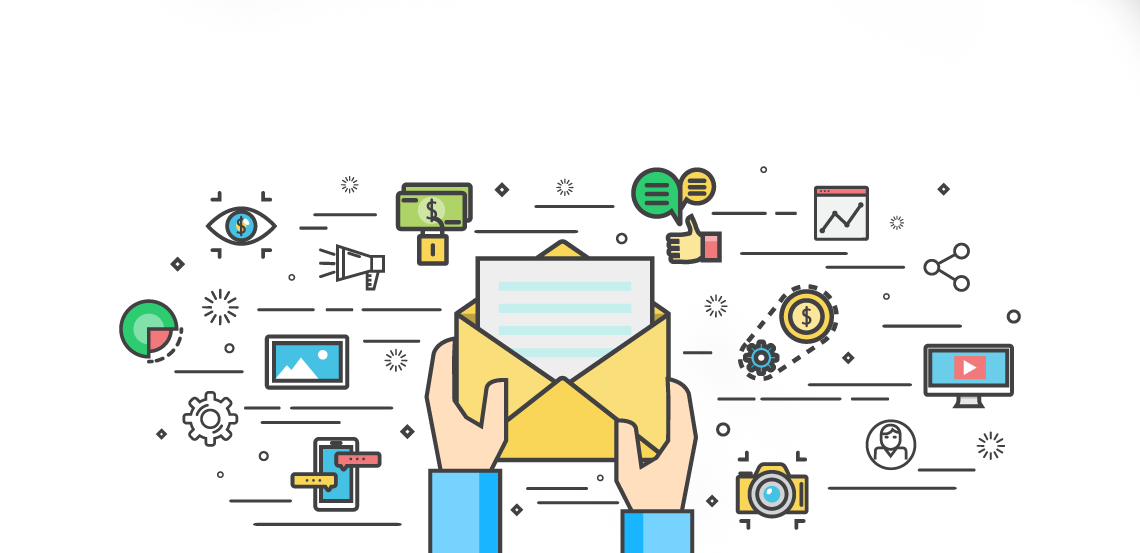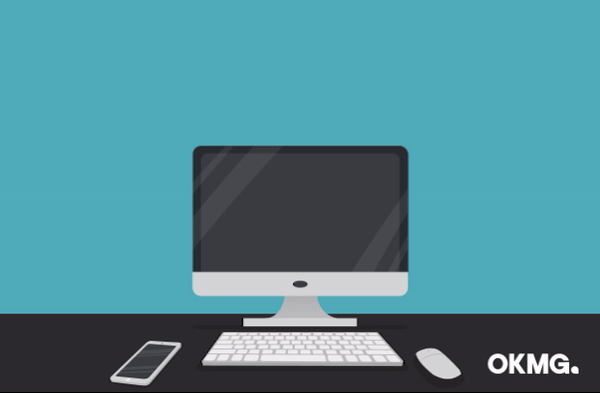
In a recent study, 80 per cent of professionals said that email marketing was their greatest driver of customer acquisition and retention, beating organic search and social media.
For businesses, email marketing remains one of the most cost-effective marketing strategies. Despite the growth of other channels, most consumers still prefer email to learn about brands and make informed purchasing decisions.
There are numerous benefits to email marketing, including but not limited to the following.
Key Benefits of Email Marketing
It’s highly targeted.
You can segment subscribers into specific groups, such as age, location, or lead status.
It’s cost-effective.
Reportedly, the ROI for email marketing is around $32 for every $1 spent.
It’s measurable.
You can easily track user behaviours, such as open rates and conversions.
It boosts conversions.
Email has higher conversion rates than search traffic and social media.
It’s shareable.
Readers can easily forward email content to a wider audience.
It’s memorable.
Delivering regular email content helps you stay top-of-mind with your audience.
It’s mobile-friendly.
Mobile email open rates are significantly higher than on desktop.

10 Steps to an Effective Email Marketing Strategy in 2019
-
Determine Your Goals
The vital first step to ensuring a successful email marketing strategy is establishing specific and purposeful objectives for your campaign. Some of the most common email goals seek to:
- Drive more website traffic.
- Promote deals.
- Drive sales.
- Increase customer loyalty.
- Increase social media engagement.
- Build brand awareness or reputation.
- Share company news.
- Qualify leads.
- Prompt customer feedback.
Establishing the purpose of each email will help you focus on delivering the right content at the right time.
-
Define Your Target Audience
In order to attract attention from your ideal consumers, you have to get to know them! Each email should be attracting, engaging, or converting this audience. The basics of getting to know your ideal consumer involve considering their age, location, and occupation. What problems do they face? What are their values? Once you know who you’re targeting, it’s easier to tailor your messages to appeal to them.
-
Segment Your List by Buyer Persona
The consumers who make up your email list are more likely to read emails that cater to their specific needs. One study showed that targeting emails by persona increases email click-through rates by 16 per cent.
Split your list into categories such as demographics, interests, or purchase history. By creating multiple subscription personas, you can send more relevant content and maximise email engagement.
-
Create Compelling Content
The last thing you want is for recipients of your email campaigns to unsubscribe! To avoid this, and to improve open rates and engagement, always deliver content that is useful, engaging, inspiring, or entertaining.
-
Pick a Consistent Day and Time to Email
It’s said that one newsletter per week gets the highest open rates, but depending on the nature of your business’, the frequency and timing of your email campaigns should be established based on what works best for your audience.
Try sending emails at different times of the day and throughout the week to track engagement metrics. Once you discover optimal send times, you can notify your audience about when they can expect to receive new emails. This kind of predictability will increase open rates and overall engagement.
-
Optimise Subject Lines
Subject lines should be compelling, concise and clearly state the benefits of further reading. Here are a few quick tips:
- Use the phrase “How to…”
- Include numbers. For example: “12 simple ways to…”
- Create a sense of urgency or exclusivity.
- Use action-oriented verbs like “learn”, “increase” and “manage”.
- Ask interesting questions.
- Refer to your offer.
- Include the recipient’s name or location.
-
Insert Links and a Call-to-Action (CTA)
Use links within emails to encourage click-throughs to conversion-oriented landing pages. You should also include one primary CTA that tells readers what to do next.
-
Optimise Design and Layout
The layout, colours, typography and images should all combine to make emails more readable and engaging. Around 50 per cent of all emails are opened on a mobile device, so it’s crucial to use a responsive email template. This is especially crucial as 70 per cent of users are said to immediately delete emails that are not mobile-friendly.
-
Track Performance Metrics
Use email marketing tools to monitor email performance, including open rates, click-through rates, conversion rates and unsubscribe rates. You can then tweak future email campaigns according to audience preferences.
-
Build Your Subscriber List
To grow your email list, use the following strategies:
- Place opt-in forms on your website homepage, at the end of blog posts, on your checkout page and in a static notification bar.
- Create a gated content offer. This is a unique piece of content like an ebook that users can only access after providing their email address.
- Encourage subscribers to share and forward your emails.
- Promote an offer on social media that requires an email address to redeem.
- Include social share buttons within emails.
- If you have a physical location, collect email addresses in store.
Final Words
If you don’t know where to allocate your marketing budget for your next marketing campaign, consider email marketing. It’s one of the most efficient ways to gain customer insights, drive web traffic and keep consumers engaged with your brand. Ultimately, this will lead to more leads, conversions, and sales.
As official MailChimp partners, OKMG has proven expertise in delivering engaging campaigns and generating quality leads through email marketing. If you would like to take your email marketing strategy up a notch in 2019, get in touch!
